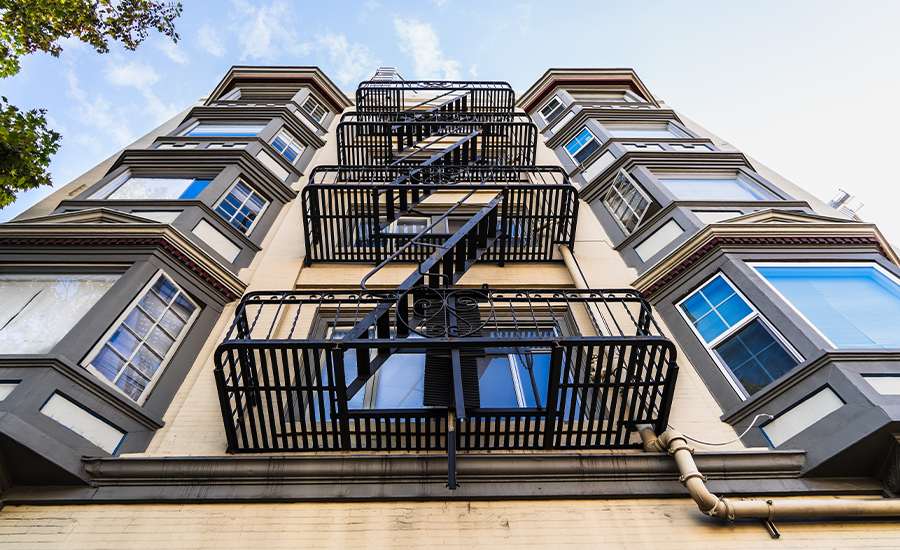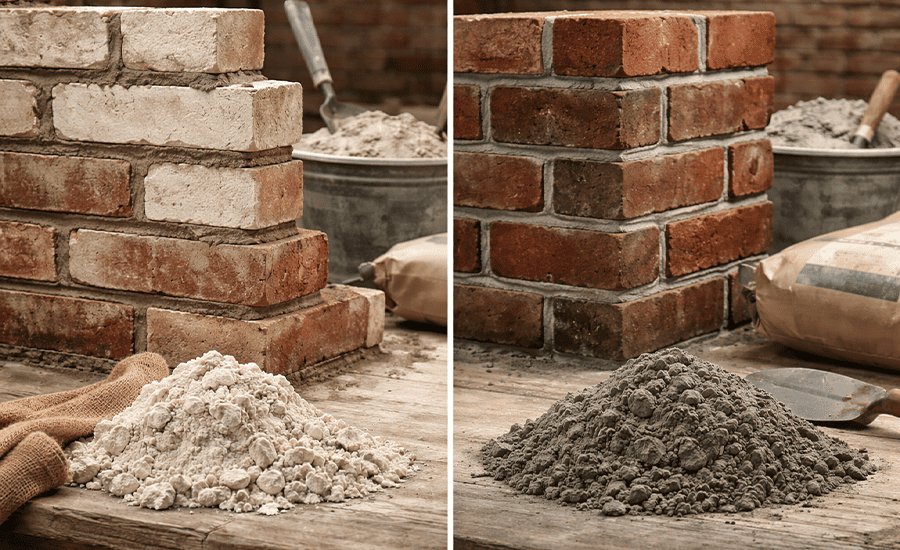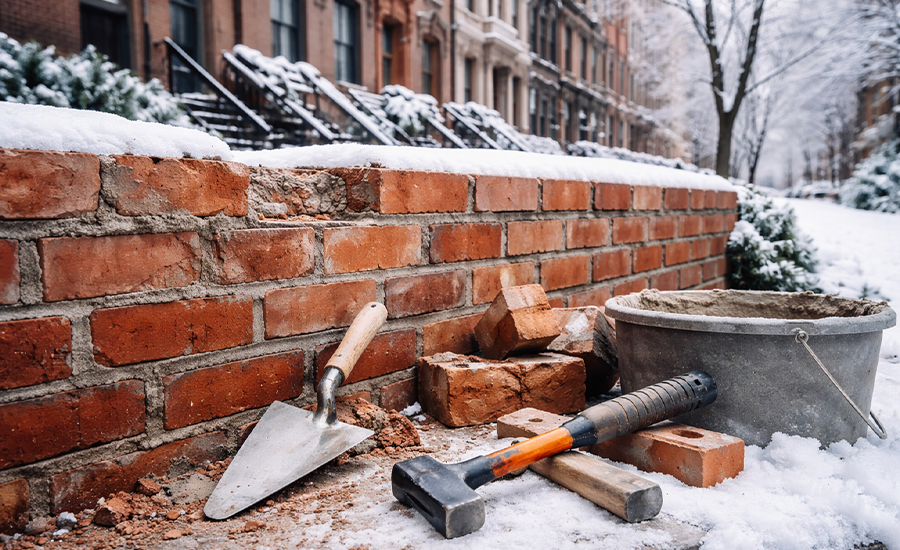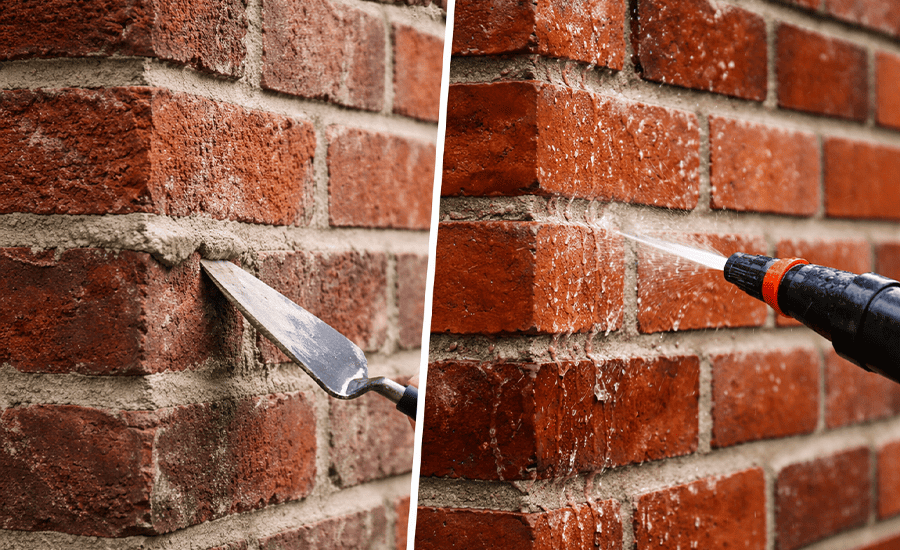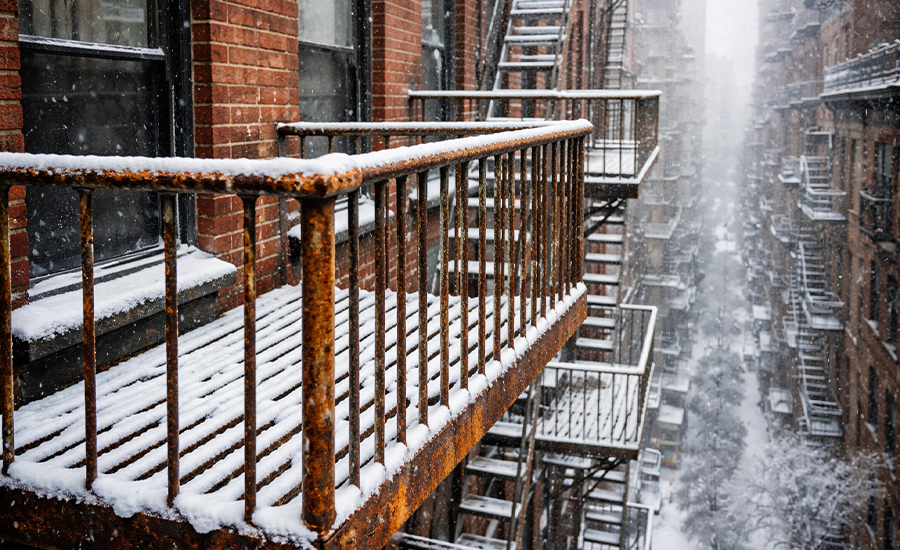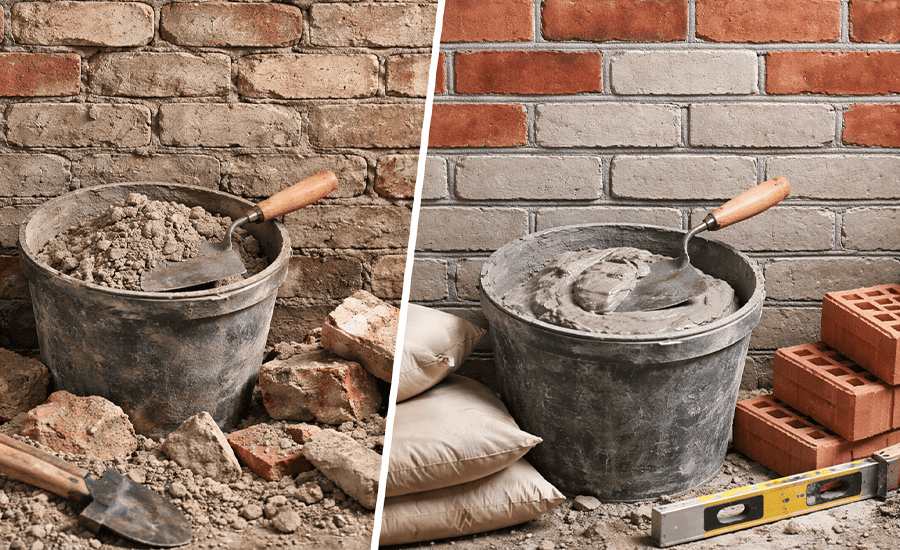When it comes to maintaining the safety of your fire escape, NYC has one of the most well-built fire escapes that serves as a life-saving structure and endures heavy weights at the time of evacuation. Most of the residential and commercial property owners neglect the maintenance of the fire escape, which costs them hefty repairs. Your fire escape needs the same attention as your heating system or windows, so make sure to follow all the safety precautions and make your fire escape up to code. As winter approaches NYC, building owners should make their fire escape functional by removing the debris and snow on it while repainting it for weather protection.
In this blog, we’ll be exploring the detailed compliance guidelines to maintain safe, functional fire escapes all winter long.
Why Protecting Your Fire Escape In Winter Is Crucial?
Be it a contemporary or historic building, Fire escapes should always be maintained and functional, but when winter arises, some problems that affect the safety and structural integrity may arise.
Cold Season Maintenance Concerns
- Excessive winter buildup: It makes the surfaces slippery, which leads to accidents.
- Corrosive damage: When salt and water react together, they make the metal fragile and rusted.
- Obstructed gate: The snow accumulations make it hard for residents to get out.
- Iced Seized Hinges: Freeze-thaw damage occurs due to cold temperatures.
For a deeper look at seasonal risks, check How cold weather affects fire escapes in NYC.
Why Is It Important?
- It is a life-saving structure during fire emergencies.
- It meets all the safety codes.
- It protects against high repair costs.
- It keeps the building occupants safe.
Full Winter Safety Inspection List For Fire Escape
Here is the detailed list to keep a check on the fire escape this winter:
| Inspection Area | Key Areas to Review | Why It’s Important |
|---|---|---|
| Unobstructed passage | Eliminate the snow or debris from the pathway to prevent obstacles. | Keeps the evacuation fast and hassle-free. |
| Frame integrity | Check the compromised joints and misshapen metal parts. | Minimizes the risk of accidents. |
| Protective layer maintenance | Inspect areas with peeling paint. | Maintains structural integrity & avoids corrosion. |
| Approved de-icing options | Remove ice with soft plastic shovels. | Keep your fire escape protected from scratches. |
| Drain openings | Inspect the drain opening and joints. | Mitigate the risk of water pooling & ice buildup. |
How To Clear Snow Safely Without Damage?
By following the advice given below, you can easily handle the cleaning of the snow and ice without any damage or accidents.
| What To Do | What To Avoid |
|---|---|
| Always sweep with a soft brush and light weight plastic scoop. | Avoid using sharp tools as they chip away at paint. |
| Brush away snow after every snowstorm. | Pouring hot water on the snow as it freezes again. |
| Opt for calcium chloride or eco-conscious cleaning agents. | Using calcium chloride as it rusts the metal quickly. |
| Get rid of snow from steps and platforms. | Standing on the icy surfaces as they become slippery. |
| Use the window to get out of the house and clear the snow. | Applying pressure on the corrosion. |
Proactive Safety Advice for Future Winters
Make sure your property owners follow these safety tips to prevent future winter damage:
Before the Cold Hits:
- Get your fire escape professionally inspected.
- Repaint or coat with anti-rust sealant.
- Clear any stored items or obstacles.
- Check that drainage holes are open and functional.
To compare different fire escape structures before maintenance, check Which type of fire escape is best for NYC apartments?.
Active Winter Care:
- Take immediate action and remove the snow safely.
- Refrain from sodium chloride & corrosive substances.
- Whenever you see any damage, opt for repairs.
If you want to know whether newer designs are allowed in NYC, visit Are collapsible fire escapes allowed in NYC?.
End-of-Season Assessment:
- Conduct an inspection after winter to look for the corrosive parts.
- Apply weather-protective paints so that rust cannot escalate before spring rain.
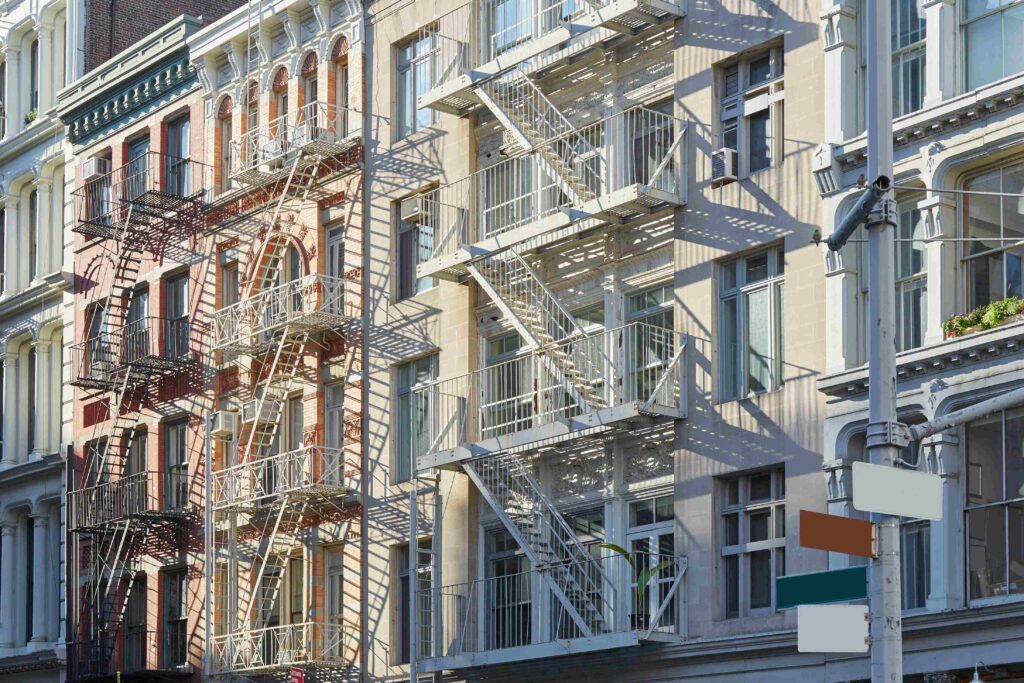
For understanding long-term compliance and code rules, review Are external fire escapes still required in NYC?.
Conclusion
Winter makes NYC fire escapes more vulnerable to ice, corrosion, and blocked pathways, so regular checks are essential. When the structure stays clear and well maintained, emergency exits remain safe for everyone in the building. Simple winter care can save you from expensive repairs and safety risks. Take a few minutes each week to check your fire escape and keep it ready for any emergency.
Sardar Restoration Corp proudly serves every corner of NYC, including the Bronx, Manhattan, Brooklyn, Westchester, and Queens. Our services are designed to meet your specific needs, providing top-quality solutions wherever you are. Check our service areas to see how we can assist you in your location.
Contact us today at (+1) 917-355-8556 or sardarrestoration@gmail.com, or visit us at 2770 Fish Ave, Bronx, NY 10469, United States.
FAQs
Do you offer fire escape inspections in NYC?
Yes! Sardar Restoration Corp. expertly handles all the fire escape inspections and approvals while ensuring your building meets all local safety requirements.
Can you remove snow or ice from my fire escape?
Yes! Sardar Restoration Corp. offers snow and ice removal services from the fire escape with safe and protected methods that protect your fire escape’s paint and structure.
Can I clear my fire escape snow myself in NYC?
Yes, you can clear the snow yourself as long as you use safe tools and avoid anything that scratches or damages the metal. Many NYC residents handle light cleaning on their own, but heavy ice should be removed carefully to avoid structural damage.
What type of ice melt is safe for metal fire escapes?
For the removal of ice peaks on the fire escape, calcium chloride is safe and eco-friendly instead of sodium chloride.
Is winter corrosion common on older fire escapes in NYC?
Yes, older fire escapes often develop rust faster during winter because moisture and salt stay on the metal longer. Regular inspections and repainting help keep the structure safe and compliant.
How often should my fire escape be painted?
Our fire escape painting contractor in NYC advises you to repaint your fire escape every 3–5 years, or sooner if you notice chipping, peeling, or rust.


